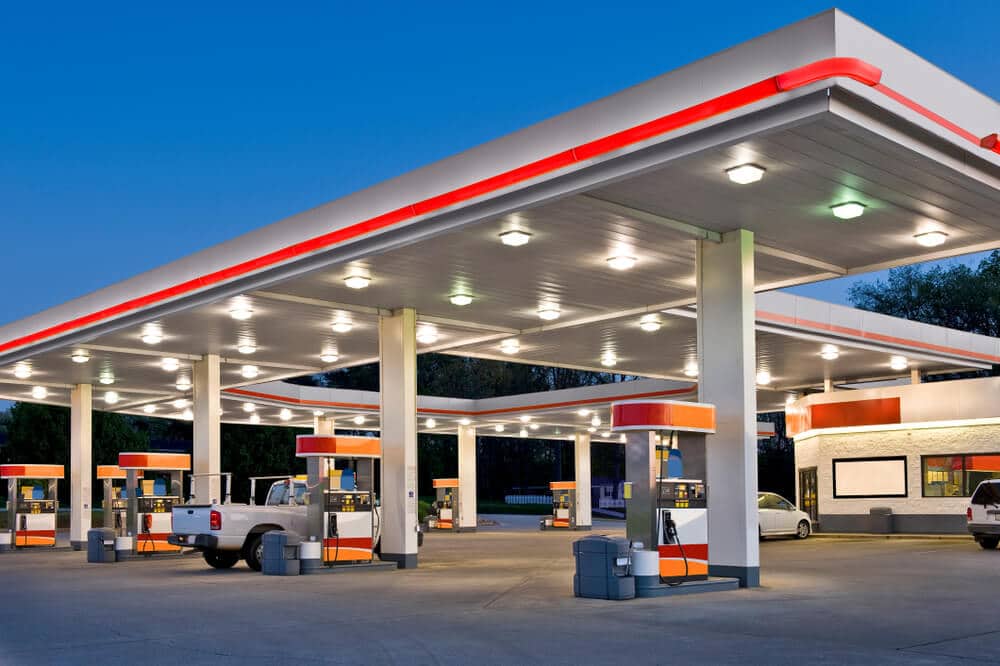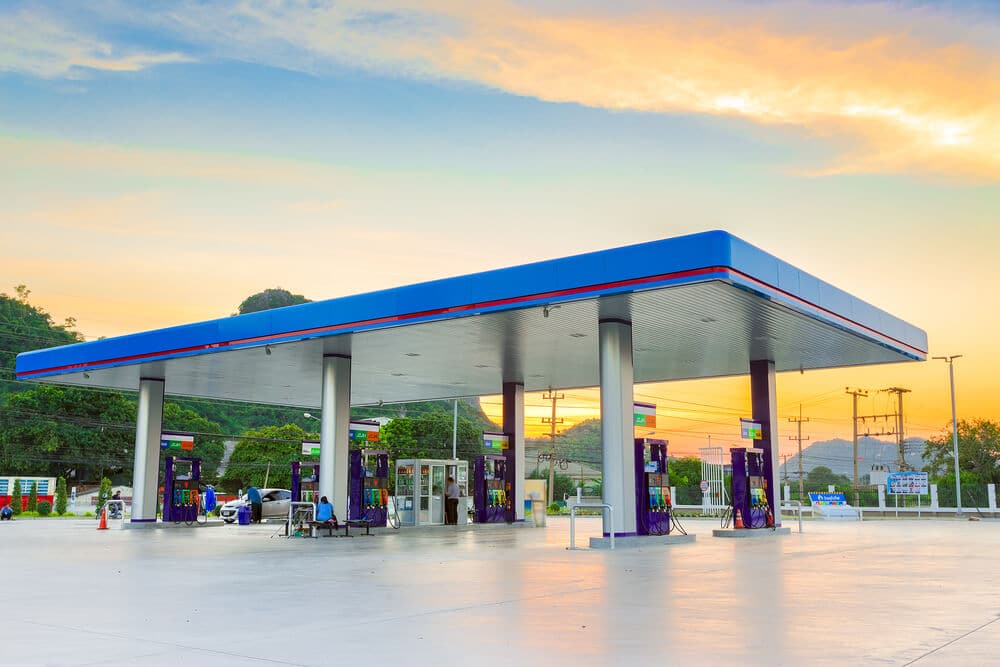Short Answer — Though it must comply with state regulations, Santander will likely initiate a vehicle repossession between 60 and 90 days after you default on payments. The company offers no official grace period, and Santander may repossess your car immediately if you start missing payments without contacting an account manager to explain your situation. Below, we have more information about Santander’s repossession policy, as well as steps you can take after your car is repossessed.
The Santander Repossession Policy
Like most auto lenders, Santander will repossess your vehicle if you default on your loan. The repossession policy for your particular loan will vary depending on the terms of your contract. We reached out to Santander customer service to find out more about the company’s repossession policies, and representatives told us they could not share specific information about repossession policies without reviewing a customer’s contract and account history. You should consult your contract or contact the company for more specific information.
When Will Santander Repossess Your Vehicle?
Laws regarding repossession vary by state. In most states, lenders can legally repossess your car immediately after you default on your loan. Typically, failure to make on-time payments or paying less than what you owe will put you in default, but your contract should tell you what exactly constitutes a default in your case. While exact times until repossession vary, some Santander customers have reported in online forums that their cars were repossessed between 60 and 90 days after they defaulted on their loans.
According to official company policy, Santander does not offer a grace period for car payments.[1] However, most states allow a period of time in which you can bring your payments current before lenders can initiate a repossession. Late fees and interest will accrue, so you will have to pay even more to bring your account current. If you can’t make your monthly payment, Santander suggests contacting an account manager right away to work out a solution. You can reach an account manager by calling Santander customer service at (888) 222-4227.
Generally, auto lenders don’t want to repossess your vehicle because doing so isn’t nearly as profitable as receiving the entire loan value. A Santander account manager may be able to defer your payments for a couple of months or make another arrangement to help you get back in good standing. However, if you’re unable to work out a solution with Santander, your vehicle is in danger of being repossessed.
Note that you can always agree to a voluntary repossession at any time. If you know you’re not going to be able to make your payments, this is the wisest move, as it will allow you to avoid additional repossession fees.
Military Protection
Santander notes that it provides a program that “goes beyond the minimum requirements” of the Servicemembers Civil Relief Act (SCRA), which provides benefits and protection when a service member is called to active duty.[2] Santander offers protection from repossession unless a court order or written waiver is obtained, as well as a fixed interest rate of 6% and the option to end a vehicle lease without an early termination fee.[2]
The Santander Repossession Process
As mentioned above, Santander customers report having their car repossessed between 60 and 90 days after their last missed payment due date. Each state has its own laws regarding car repossession, but most are very similar because of the Uniform Commercial Code, which applies to securities and repossessions and has been adopted by the majority of states. In general, your creditor (or the repossession service it partners with) is free to come to your home, workplace, or any other location to take your car.[3] While Santander does send notices of missed payments and past-due amounts, most states don’t require the creditor to notify you ahead of time when it is planning to pick up the car.
It is important to know your rights when you are facing repossession. The Breach the Peace law varies slightly from state to state, but in general, your car must be taken in a peaceful manner.[4] While repossession agents can come to your home and place of work to look for your car, courts usually rule that creditors who open garage doors in order to take a car have “breached the peace.” If there’s a risk of violence, the creditor will have to ask for the local sheriff’s assistance to collect the car safely.
If your car has been successfully repossessed, any property inside the car is still yours. This includes loose items such as clothing, electronics, and other automotive equipment. If you aren’t able to get your belongings out of the car before it is repossessed, the law requires that your creditor return them to you — it’s your car, not the possessions within it, that is collateral for your auto loan. Note, however, that any “fixtures” on your car (such as CD players, sound systems, and GPS devices) are considered part of the car, and therefore are counted as collateral for the loan and can be repossessed.
What to Do After Santander Repossesses Your Car
Once your car has been repossessed, you do still have a few options to get the car back or settle your debt. Santander is required to give you notice, which allows you time to react and review your options before your vehicle is sold. State laws differ, but generally, you will have at least 10 days between repossession and the sale of the car at an auction. We suggest contacting Santander immediately to see if you can work something out. We have the next steps detailed below.
- Redemption and reinstatement: In most states, you have the right to redeem your vehicle by paying your past due payments and the entire balance on the loan. This may also include fees from the repossession, such as paying the repossession service, storage fees, and even attorney fees. Your right to redeem ends when your vehicle has been sold.
- Paying the deficiency: The deficiency is the difference between the remaining amount on the loan and what was received for the vehicle at the auction. The deficiency also includes fees related to the repossession. While not all creditors actively pursue the deficiency fee, Santander and other creditors do have the right to sue you if it isn’t paid upon their request. They may give you the option to set up a payment plan for the deficiency or even settle for a percentage of what you owe.
- Buying the car at auction: If you’re unable to work something out with Santander, your vehicle will likely go to auction. Most states require your creditor to notify you when and where the sale will take place. You do have the right to bid on your car at the sale, but you will still have to pay the amount owed, plus any repossession-related fees.
For more about each of these options, see our research on what to do after repossession.
Renewing Your Registration
If you managed to get your vehicle back after repossession, you might have trouble renewing your registration. Some states require a title to be placed in the creditor’s name after it has been repossessed. Santander states that it will make every effort to get the title back into your name, but your help may be required.[5] If you’re having trouble renewing your registration, contact the Santander title department at (800) 526-0157.
Raising Your Credit Score
Having your car repossessed can severely impact your credit score. In fact, it will remain on your credit report for seven years.[6] Initially, it will have a significant impact on your score, though the significance will lessen over time. Your credit will be clean again seven years after the original delinquency date (the date of the first missed payment that led to the repossession).
If you’re able to pay off the deficiency on your loan or set up a repayment plan with Santander, you may be able to improve your score more quickly. You may also want to request that Santander report the loan as resolved. It can then be noted as “Paid in Full” or “Satisfied” on your report, lessening the impact.
In Summary
A missed payment doesn’t mean immediate repossession. You can expect to be charged late fees and interest after you miss payments, and you’ll likely see your car repossessed after two to three months of non-payment.
Santander is likely to work with you to reach a solution if you contact an account manager when you know you’re going to miss a payment. Selling a repossessed car is not as profitable for Santander as receiving the entire loan amount, so the company will be willing to work with you in many cases, as long as you do your part and contact the company as soon as possible.
If your car is repossessed, you may be able to redeem or reinstate your loan or buy your car back at auction.
 William Lipovsky
William Lipovsky






